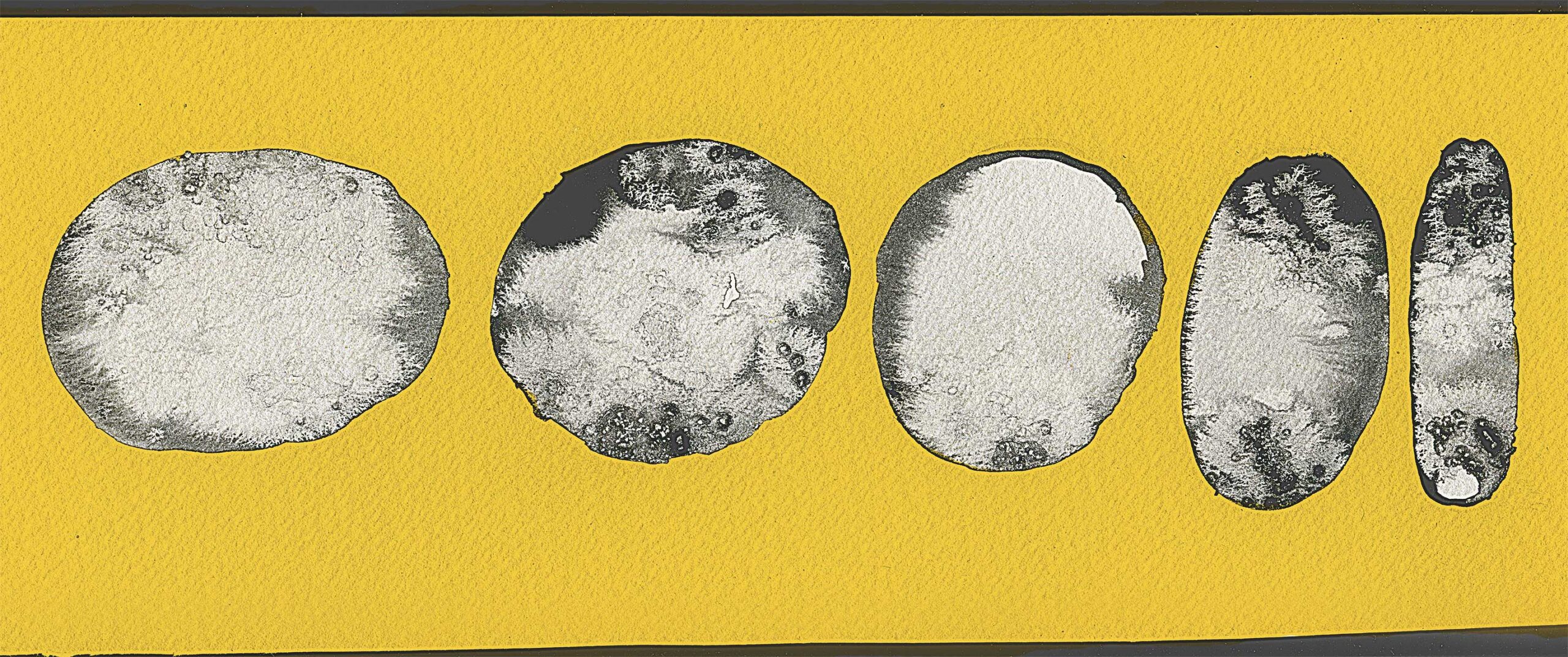When to use it?
This practice works well in the first part of processes. It helps participants to be aware of a subtle bodily dimension that is always present when interacting with others and sharing spaces.
How to do it?
To begin, it might be useful to give participants a brief notion of what the kinesphere is.
The kinesphere is the space that is within the body‘s reach without stepping out of place. This “space around” reachable by arms and legs, has something of a spherical form, and it correlates with our sense of personal space or territory. That is so because this is the space in which we have the possibility of an immediate influence: pushing or grabbing something with the arms / hands, stepping on something, defending, etc.
Invite participants to find a place in the room, where they can stretch the arms in all directions.
Here is a possibility of how to guide this exercise:
Become aware of your body. Make some deep breaths.
Pay attention to the small shifts of balance, the micro-corrections the body, especially the muscles, are constantly doing.
Keep your feet in place. Experiment with how far you can move without losing your balance and leaving your spot. Gradually intensify this balance-maintaining movement.
Now, imagine a line going up along your spine, coming out of the top of your head, and going towards the sky. Imagine that this line is pulling you slightly upwards.
Relax your body.
Without taking your foot completely from the ground, explore the directions in which your ankle can move. Now try out how far you can move your foot. Imagine that you are filling up the space around it with color. Fill in all the space you can reach with your foot. Then do it with the other foot.
Now, do the same with your knees. Without taking the feet completely out of the ground, where can your knees reach? Fill up all this space with your color.
Then go to your hips. Where can they reach? Touch all the space around it. In front, behind…
Now with your shoulders. Sense the space being more filled up with the color, becoming denser.
Then start with your head. How far can you reach up with it? How far towards your backside?
Then begin with your elbows. Fill all the space around it, touching it.
Now lift one of your feet and explore how far each leg can go. Color the whole reachable area.
Then finally start with your hands and arms and see how far you can reach.
Take some time to fill up the last areas with your color. Visualize this dense spherical space around you.
When you are ready, walk into the room, take your sphere with you. Sense your kinesphere around you: behind, above you, on the sides. Your arms and hands might help to keep it activated and perceptible.
Slowly, let your kinesphere meet other kinespheres. Notice when they touch.
Keep your attention distributed all around you. Sense your back too. A slightly unfocused gaze can help.
Experiment allowing other kinespheres to get closer. Experiment approaching and contacting other kinespheres. How does it feel?
To conclude this practice, the guiding person might ask participants to find a place in the room where they feel good. Then, the vertical line from the beginning can be activated again:
Feel this slight pull upwards and imagine the colors of the kinesphere slowly dissolving. Notice the space around you. Where are you in the room? What do you see and hear?
Relax your body. You can stretch, move, shake, feel your feet on the ground… Do what you feel like doing to conclude this exercise.
Variations & extensions
This extension can only be applied after the kinespheres are “activated”:
Pairs are formed. Both move to opposite sides of the room. Then one person walks toward the other. The person “waiting” says stop when s/he feels the other person’s kinesphere contacting his/hers. Let them some time to sense the encounter. Then ask them to return to their place and repeat it with the roles switched. It can be done a few times. The person “waiting” can also experiment with having the eyes closed.
Combine with
Letting in / reaching outwards / bordering
Sources
The notion of kinesphere was described by Rudolf Laban, one of the pioneers of modern dance. Exercises similar to those described above are often used in dance and somatics workshops.
